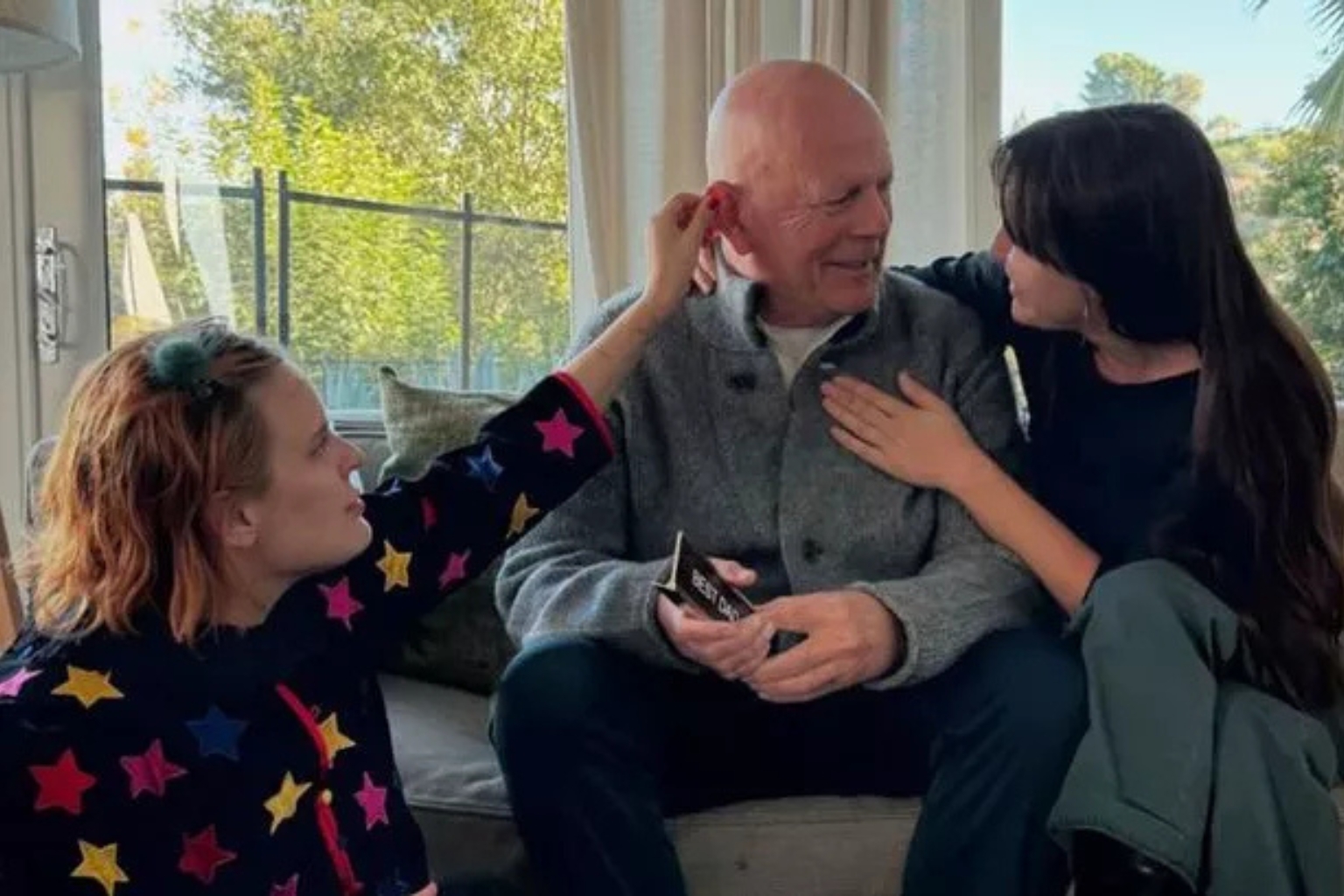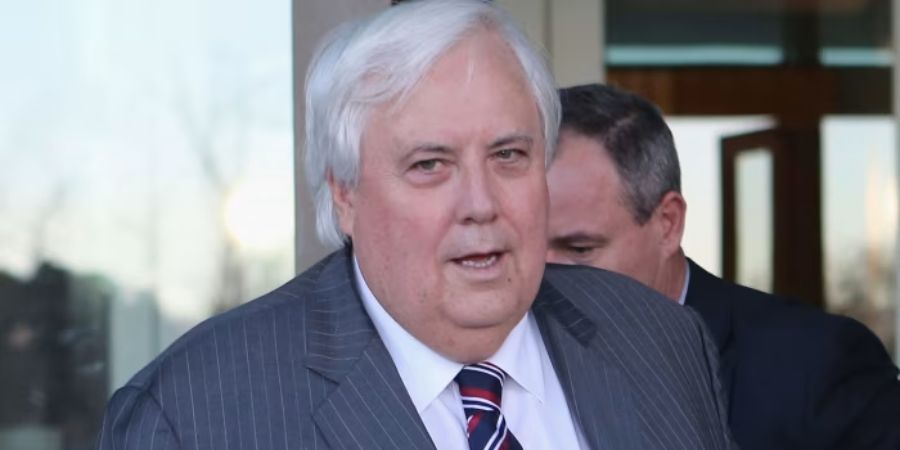It’s heartbreaking to witness one of Hollywood’s most iconic stars quietly fade behind the curtain of illness. Bruce Willis—beloved for his powerful presence, wit, and iconic roles—now faces a devastating personal battle. The latest Bruce Willis health update confirms that the actor, once larger than life, is now largely non-verbal, unable to read, and struggling with mobility due to frontotemporal dementia (FTD).
Let’s take a compassionate look at what’s happening, how his family is coping, and what this means for those living with or caring for loved ones with this disease.
A Diagnosis That Changed Everything
In March 2022, Bruce Willis stepped away from acting after being diagnosed with aphasia—a disorder that affects a person’s ability to speak and understand language. At first, many hoped it was temporary or manageable.
But in February 2023, the family shared a much more specific and troubling diagnosis: frontotemporal dementia (FTD), a degenerative brain disease that goes beyond language loss. It affects memory, emotion, movement, and behavior.
What Is Frontotemporal Dementia?
- A form of dementia that impacts the brain’s frontal and temporal lobes
- Symptoms include speech difficulties, personality changes, and motor decline
- Often strikes between ages 45–64
- There is currently no cure
Why He Can’t Speak Anymore
FTD gradually breaks down the areas of the brain responsible for speech. Over the last two years, Bruce’s ability to talk has faded significantly.
- Reports confirm he is now “largely non-verbal”
- He no longer responds to questions with words
- Even basic verbal interactions are extremely limited
This silence is especially painful for fans who remember Bruce’s sharp, sarcastic dialogue in films like Die Hard and The Fifth Element.
Why He Can’t Read
The disease hasn’t just taken Bruce’s voice—it’s also robbed him of his ability to read. The brain regions that process written language have been affected.
- Letters and words no longer have meaning
- Scripts, signs, and even written notes are now indecipherable
- Communication has become almost entirely non-verbal
Why He Can’t Walk
As FTD progresses, it doesn’t stop at language.
Bruce has also lost much of his mobility:
- He can no longer walk unassisted
- His balance has deteriorated significantly
- Daily tasks now require full-time care and assistance
A Family Standing Strong
Despite these difficult changes, Bruce’s family remains his biggest source of comfort and strength. In April 2025, his loved ones confirmed that while his condition is worsening, it has been relatively stable in recent months.
His Support System Includes:
- Wife Emma Heming Willis
- Ex-wife Demi Moore
- Daughters Rumer, Scout, Tallulah, Mabel, and Evelyn
They’ve continued to share heartwarming moments with fans—photos, handwritten notes, and quiet reflections from their time with Bruce.
💬 “Love doesn’t need words.”
📸 “She feels safe and loved.”
❤️ “We’re grateful for the little moments.”
Living with Dignity, Surrounded by Love
Even though Bruce has lost so much, he’s not alone. His family keeps him connected to joy through simple moments—walks in the garden, visits from grandchildren, and quiet afternoons at home.
Emma Heming Willis, his wife, has become a passionate advocate for dementia awareness. She uses her platform to spread knowledge and encourage support for caregivers.
Her Advocacy Focuses On:
- Raising public awareness of FTD
- Providing emotional support for families
- Funding research and caregiving resources
Bruce Willis’ Legacy Lives On
While Bruce may no longer be on screen, his legacy remains alive and vibrant. From the gritty John McClane in Die Hard to the subtle depth of The Sixth Sense, his roles have etched themselves into film history.
And even now, his journey teaches us something deeper: that life still has value, even when words fade.
- Fans around the world continue to send messages of love
- Tributes pour in celebrating his humor, strength, and iconic roles
- His story is reshaping public awareness about dementia
A Call for Compassion and Awareness
Bruce’s decline is not just his own story—it’s a story shared by millions of families dealing with dementia worldwide. His family’s openness about his condition has created space for others to talk, learn, and support one another.
How You Can Help:
- Educate yourself and others about frontotemporal dementia
- Support research initiatives and caregiver organizations
- Show compassion to those living with neurodegenerative conditions
- Share Bruce’s story to increase visibility and reduce stigma
Final Thoughts
Watching Bruce Willis fade from the screen and struggle with daily life isn’t easy. But in this chapter of silence and stillness, there’s also a story of love, strength, and grace. His family’s courage and transparency shine as a beacon for others navigating similar paths.
Bruce may no longer speak lines, read scripts, or stride confidently into a scene—but his legacy continues in every heart he’s touched. His silence echoes with strength, and his presence still speaks volumes.
Let’s honor him—not just for the roles he played, but for the resilience he shows today. Because even now, Bruce Willis is reminding us what it truly means to be human.













